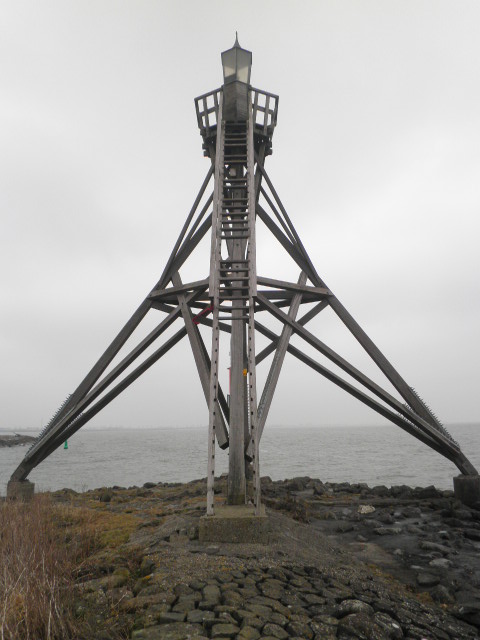Visserseiland And Oostereiland on:
[Wikipedia]
[Google]
[Amazon]
 The Visserseiland ("Fisherman's island") is a man-made
The Visserseiland ("Fisherman's island") is a man-made
 By the mid-17th century, toward the end of the
By the mid-17th century, toward the end of the
File:Innerspace, Hoorn.JPG, ''Innerspace''
File:Venster, Hoorn.JPG, ''Venster'' ("window")
File:De Uitkijkjurk, Hoorn.JPG, ''De Uitkijkjurk'' ("dress with a view")
File:Cape2.JPG, ''Cape''
File:Hoop, Hoorn.JPG, ''Hoop'' ("hope")
File:Verlangen, Hoorn.JPG, ''Verlangen'' ("desire")
File:Land en Water.JPG, ''Land en Water'' ("land and water")
File:Dijtla.JPG, ''Dijtla''
peninsula
A peninsula (; ) is a landform that extends from a mainland and is surrounded by water on most, but not all of its borders. A peninsula is also sometimes defined as a piece of land bordered by water on three of its sides. Peninsulas exist on all ...
in the harbor of the Dutch city Hoorn
Hoorn () is a city and municipality in the northwest of the Netherlands, in the province of North Holland. It is the largest town and the traditional capital of the region of West Friesland. Hoorn is located on the Markermeer, 20 kilometers ( ...
. It was constructed in the 17th century; formerly called Westereiland ("western island"), with the Oostereiland ("eastern island") across from the harbor, it created extra docking capacity and separated the Grashaven from the Zuiderzee.
History
Dutch Golden Age
The Dutch Golden Age ( nl, Gouden Eeuw ) was a period in the history of the Netherlands, roughly spanning the era from 1588 (the birth of the Dutch Republic) to 1672 (the Rampjaar, "Disaster Year"), in which Dutch trade, science, and Dutch art, ...
, the port city of Hoorn required more space for ships to dock. The dike which later grew into the Visserseiland was constructed in 1662. At first called Westereiland, it became a settlement for fisherman who made their living on the Zuiderzee, and that gave it its current name. The first commercial business buildings are already depicted in a 1675 painting by Matthias Withoos
Matthias Withoos (1627–1703), also known as Calzetta Bianca and Calzetti, was a Dutch painter of still lifes and city scenes, best known for the details of insects, reptiles and undergrowth in the foreground of his pictures.Seymour Slive, ...
. Two wind-powered sawmills were on the island at the end of the 19th century: "De Halm" and "De Rob". De Halm burned down in 1904, and De Rob was torn down in 1924. The island also had a tannery (which treated cotton fishing nets) and smokehouses; the tannery was moved to the Zuiderzee Museum in Enkhuizen in 1980.
On the island's south side was a bathhouse between 1882 and 1918, the predecessor of the later "Witte Badhuis", or "white bathhouse". Along the dike a number of sculptures were placed in the 20th century, and it ends with a lighthouse that indicates the entrance to the harbor. The original light was built in 1660, and torn down in 1968; a replica was placed there a few years after.
By 1995, plans for large-scale development of the island (including the construction of 152 homes and a 15-storey apartment building) had been developed. These were not executed.
Sculptures
Along the path that leads to the lighthouse, the city installed a series of sculptures. In 2021, the newly placed statue "The bleeding Madonna" was removed after only two days, following threats of vandalism on social media. The sculpture was moved to a less public location, a courtyard on theRoode Steen
Roode Steen (; ), also known as Kaasmarkt (; ), is a square and a road junction in the city center of Hoorn, Netherlands.
The Westfries Museum and the weigh house (''Waag'') are both located on the Roode Steen. A statue of Jan Pieterszoon ...
. A different and "proper" sculpture replaced it.
References
{{coord, 52, 38, 5, N, 5, 3, 45, E, display=title Hoorn Landmarks in the Netherlands Peninsulas of the Netherlands